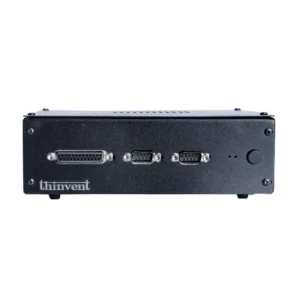For example, an office may have five desktop PCs attached to the network. By connecting them to a Terminal Server, these PCs no longer need to rely on their own hard disks, memory, CPU power, etc. Instead, they connect to the power and capacity of the single server. This one server offers each of the thin-clients (terminals) access to necessary applications, the Internet and Intranet, storage and print devices.
Following are the advantages of having a Terminal Server:
- Greatly reduces desktop PC support, maintenance, and upgrades.
- Places all configuration and applications in a central server model.
- Greatly reduces software licensing costs.
- Simplifies I.T. operations.
- Operates on older or outdated PCs, as the performance is predicated upon the server.
- Easily integrates with existing servers and infrastructure such as Windows NT Servers.
- Allows the use of Linux and OpenSource software with almost no installation burden.
With a Linux Terminal Server and thin-clients, a business can remove many of the costs associated with maintenance, support, and licensing of countless desktop PCs. Thanks to the exceptional efforts of the Linux Terminal Server Project members, such a switch can be both cost-effective and efficient.



